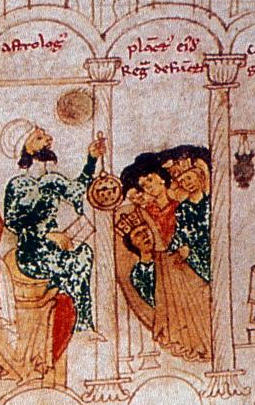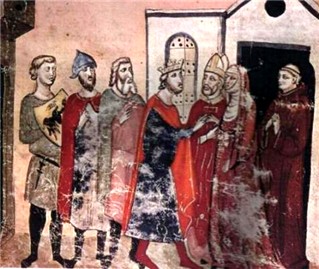Puberty
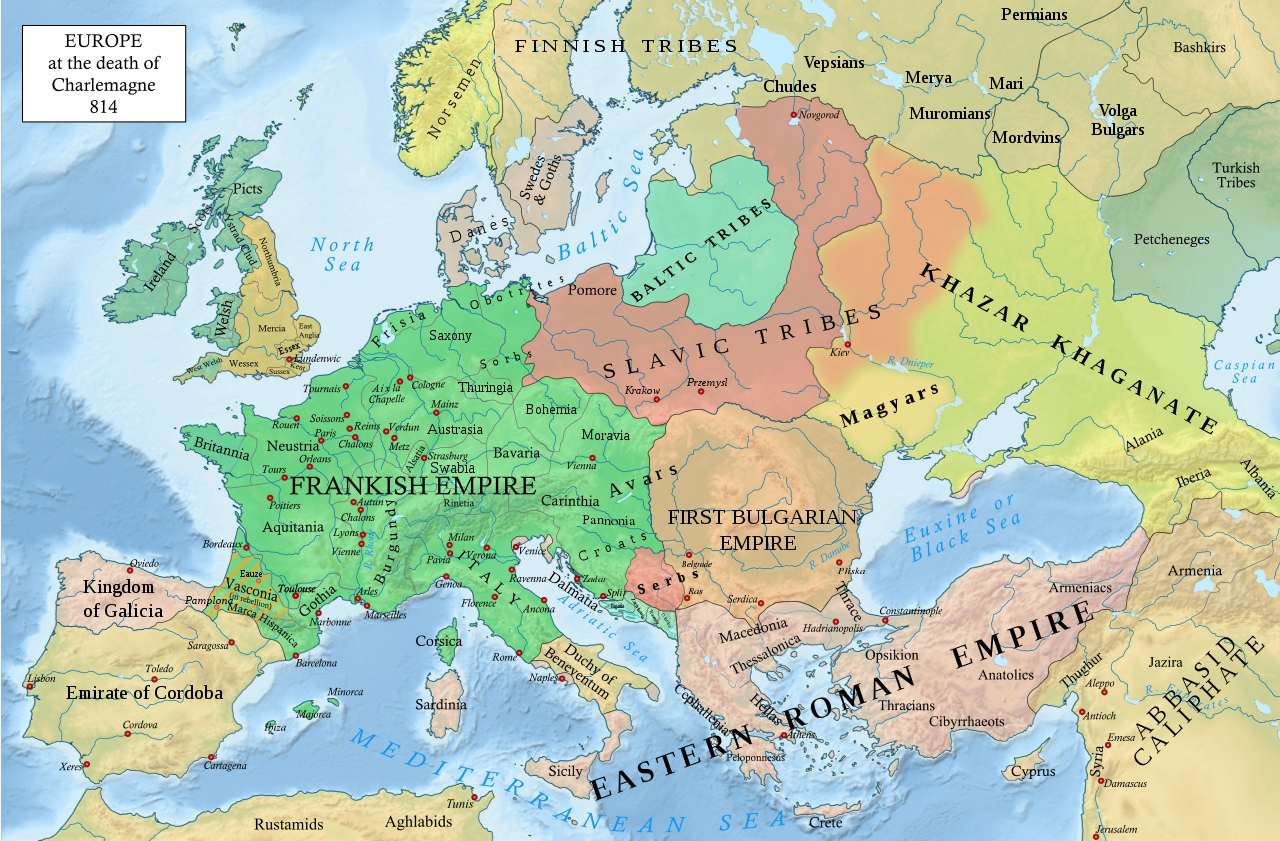
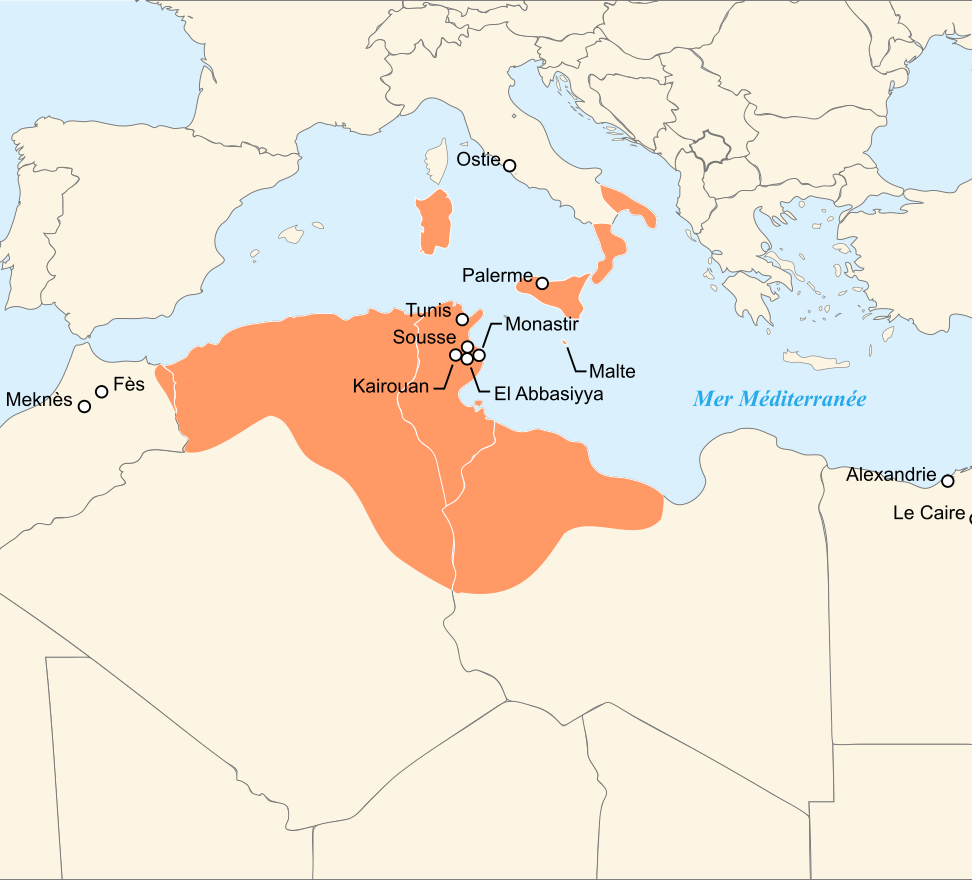
The danger of the Saracens was not eliminated with the victory of the Battle of Ostia. On the contrary the Muslims would consolidate their presence in Bari and force the duke of Benevento to pay tribute to them towards the end of the 850’s. The Frankish emperor Louis II started a prolonged campaign to completely oust the Muslim from Southern Italy that would last well into the late 860’s when the new Emperor in Constantinople, Basil I who ascended on the throne in 867 set about reconquering the lost lands of Southern Italy. Although the efforts of Louis II had already carried on for almost a decade, Naples started to show a preference to the Eastern Emperor. In the end of 870’s the city minted coins in the name of Emperor Basil, something that had not happened for more than a hundred years. Athanasius duke and bishop of Naples since 878 was a Hellenophile who sought good relations with the Byzantine empire and tried to preserve Greek manuscripts.
In 897, the neighboring self-governing Duchy of Amalfi, nominally tied to the Byzantine Empire, was defeated in a war with Sorrento, supported by Naples. Amalfi’s prefect was captured and later ransomed. In 903 the Amalfitans joined forces with Naples to attack the Arabs that had established themselves on the banks of the Garigliano river.However the combined forces of Amalfi and the Naples were driven back by the Arabs and their allies, the Italian city state of Gaeta. The new Pope John X (914) made it his first and foremost task to form a Christian League that would deal with the Saracens once and for all. He would manage to bring together the bickering Christian duchies that with the help of a strong army sent by the Byzantines, would crash the Saracens in the Battle of Garigliano in 915, decisively putting an end to their presence in the region. It would also put Naples and the rest of its neighboring duchies back in the orbit of Constantinople up until the 960’s.
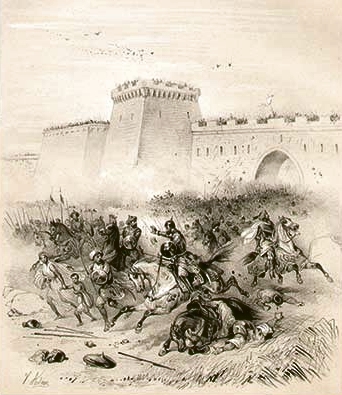
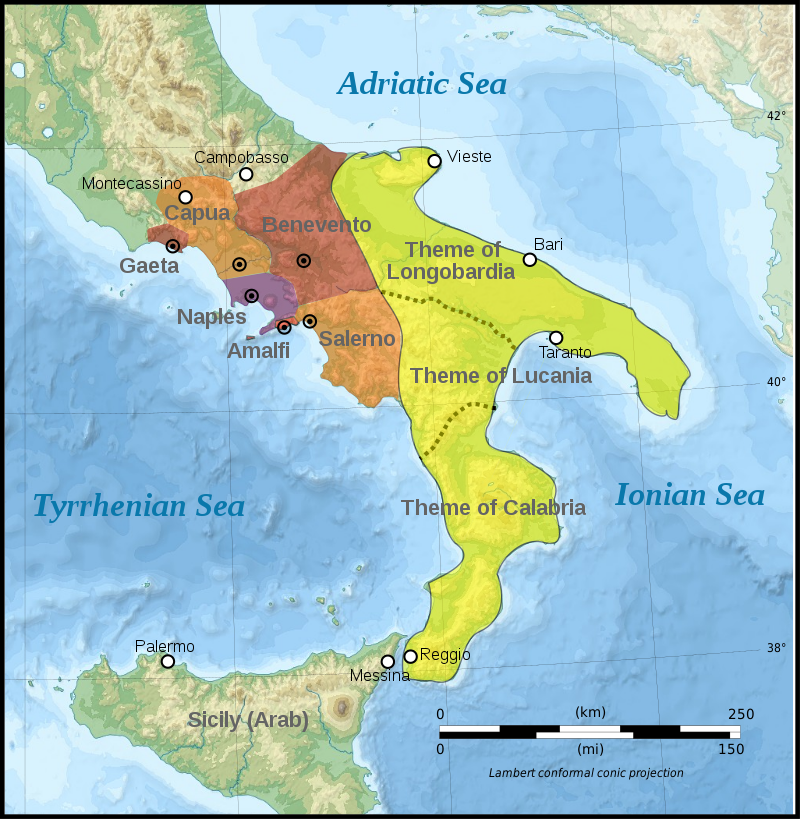
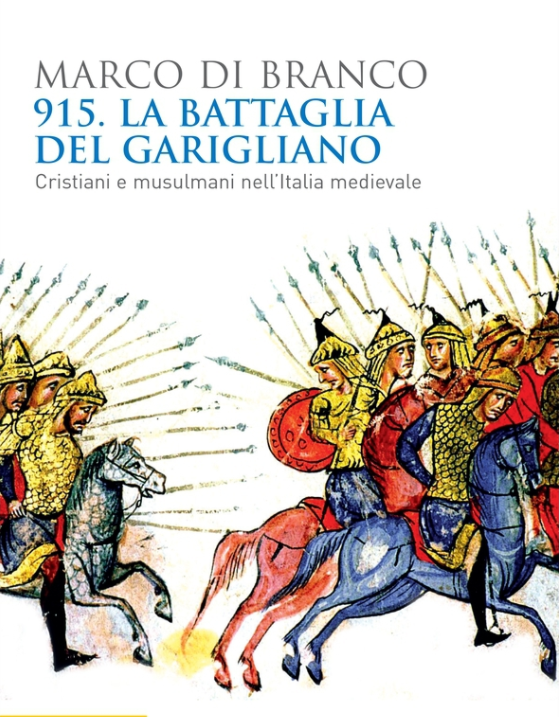
In 1030 Duke Sergius IV of Naples donated the county of Aversa (20 km north of Naples) to the band of Norman mercenaries of Rainulfo Drengot , who had joined him in the umpteenth war against the principality of Capua , thus creating the first Norman settlement in southern Italy. From the base of Aversa, in the course of a century, the Normans will be able to subdue the whole of southern Italy, giving life to the Kingdom of Sicily . The Duchy of Naples was one of the last territories to fall into Norman hands, with the capitulation of Duke Sergio VII of Naples in 1137.

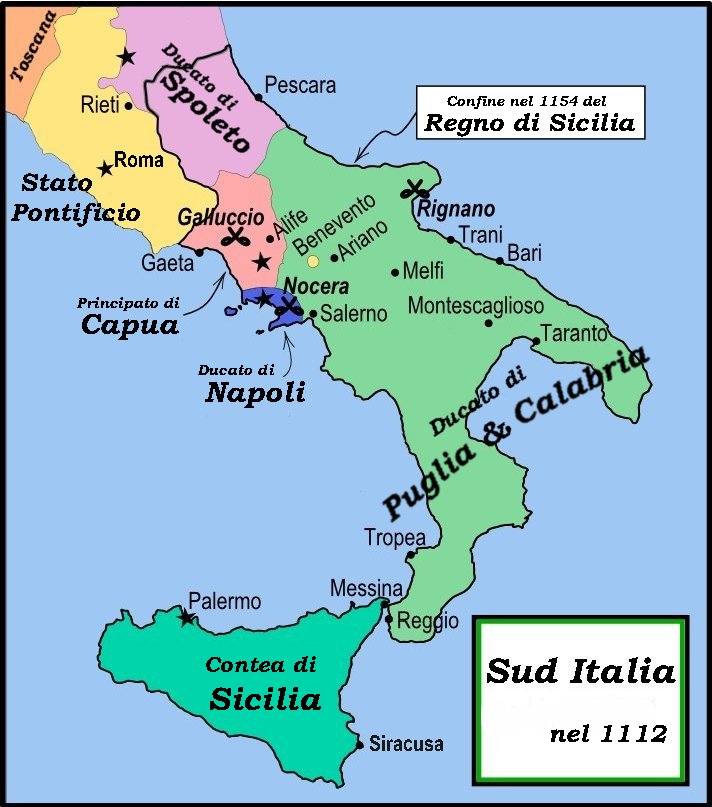
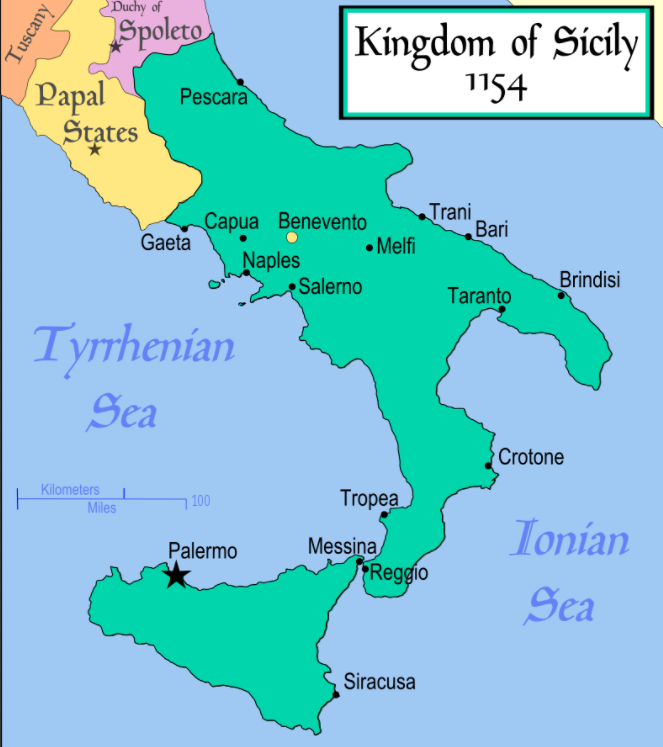
In the newborn Kingdom of Sicily, Palermo served as capital. Roger II of Sicily visited Naples in 1140 where he made all the needed arrangements in order for the civic power to be centered on a single person, the comes, appointed by him, responsible for all judicial and administrative matters of Naples. Although the city’s autonomy was now in essence gone, the Norman King turned his realm into the dominant power of the Mediterranean, extending his rule after a series of conquests on the African coast. Right after Roger II’s death in 1154 the nobles in Southern Italy sent word to the Byzantines that they were ready for a revolt which would reinstitute a degree of autonomy. The Byzantines sent their army and took over the southeastern coast. Pope Adrian IV who preferred to have a Byzantine kingdom as its neighbor followed suit with mercenaries from Campania and by the end of 1155 he had taken Naples. After 1158, Roger II’s son, William I took back control and began the construction of Castel Capuano.
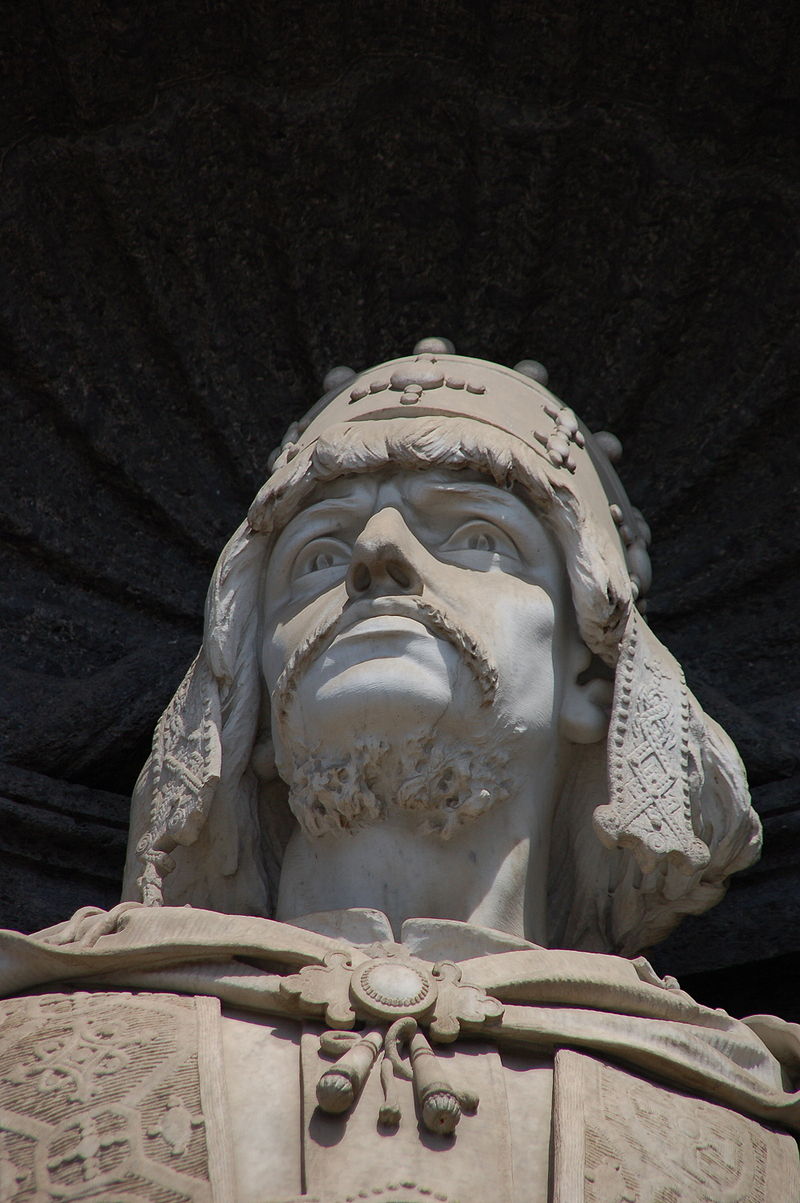
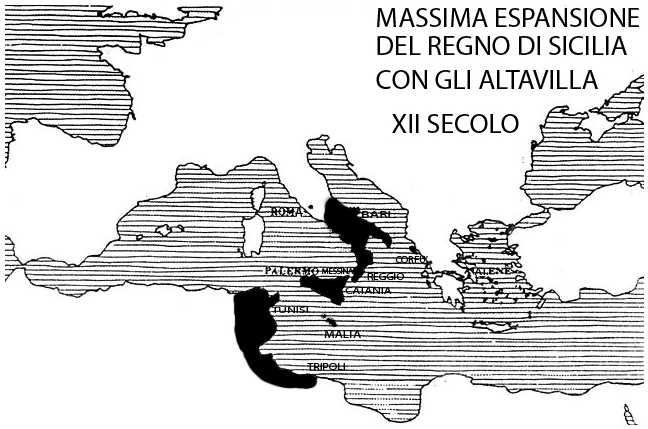
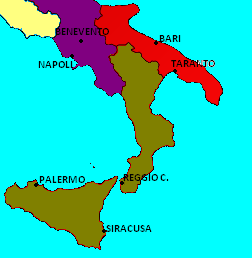
In 1184 heirless King William II designated his aunt Constance as his heir. In the same time Constance was betrothed to Henry, King of the Romans to whom she was finally married on 27 January 1186 in Milan. William II had foreseen that a capable soldier and one of his most esteemed nobles, Tancred of Lecce had a serious chance of winning over the needed support for his own rise on the throne but that wasn’t on the king’s intentions. However upon William II’s death in 1189 and despite Tancred’s reassurances for the support of Constance, Tancred seized the throne and proclaimed himself King in 1190. In April 1191 Henry and Constance were crowned emperor and empress in Rome by Pope Celestine III, and soon after the pair turned south to claim the Kingdom of Sicily. Up until Naples the German Emperor had found little resistance but Neapolitans had already received concessions of municipal autonomy and exemption from duties by Tancred. The emperor’s army couldn’t breach the Neapolitan walls and after a long summer of siege and unhygienic conditions it had succumbed to malaria and disease. In 1194 with both Tancred and his son William III, the Emperor returned and took Naples without any resistance. Thus ended the Norman era and the new Hohenstaufen circle opened for the city.
